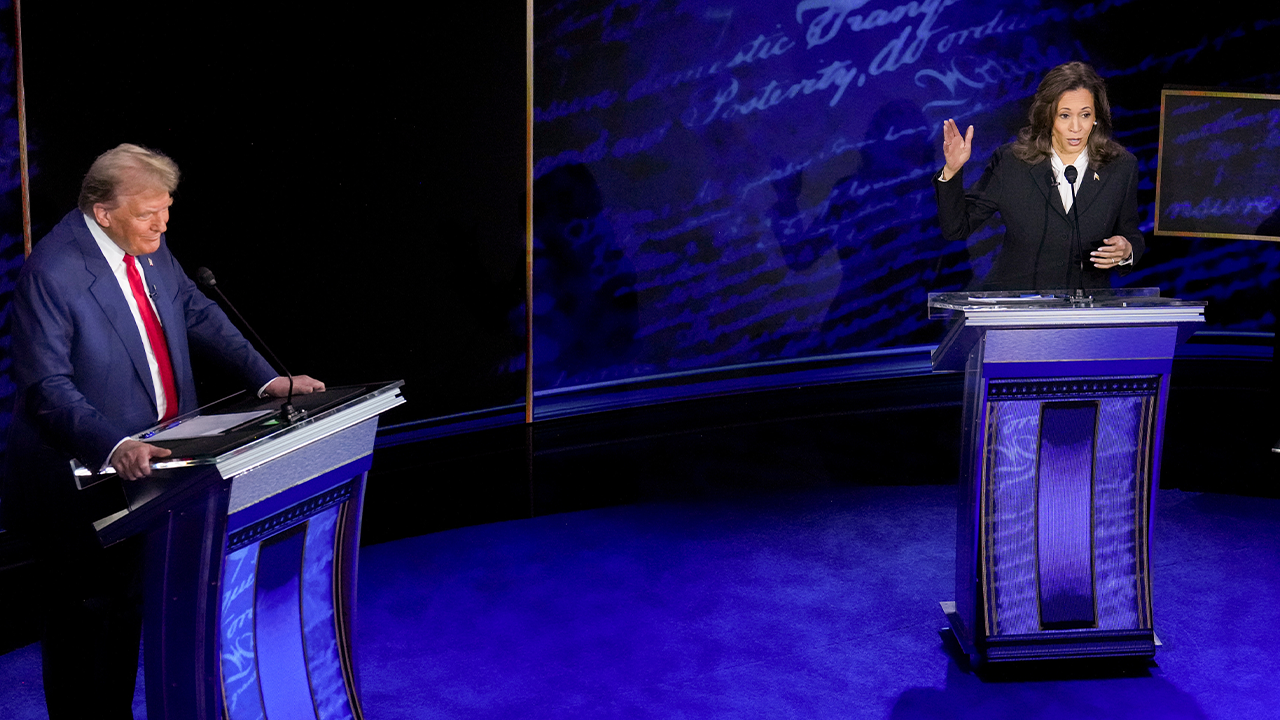It’s Biden vs. Trump.
To me, that’s the only real takeaway from Super Tuesday, when President Biden and Donald J. Trump won nearly all of the delegates at stake. It will still be a week or two before they officially clinch their nominations, but at this point the primaries are effectively over. The general election is about to begin.
On paper, Mr. Biden ought to be the favorite. He’s an incumbent president running for re-election against the backdrop of a healthy enough economy, and against an opponent accused of multiple federal crimes.
Yet according to the polls, Mr. Trump begins the general election campaign in the lead.
Mr. Trump’s lead is modest but clear. Over the last four months, he has led nearly every poll in Michigan, Nevada, Arizona and Georgia, along with the states he carried in 2020 — enough to give him 283 electoral votes and the presidency. He also leads in most national polls over the last month, including a New York Times/Siena College poll last weekend.
This is not what many expected from a Biden-Trump rematch, especially after Democrats were resilient in the midterms and excelled in special elections by campaigning on issues like democracy and abortion.
But Mr. Trump is winning anyway, and there’s a simple reason: Mr. Biden is very unpopular. His job approval rating is stuck in the upper 30s, and voters simply don’t look upon him favorably the way they once did. Nearly three-quarters of voters, including a majority of Democrats, say he is too old to be an effective president.
In the end, Mr. Biden might well prevail by capitalizing on issues like abortion and democracy. Historically, early polls are not especially predictive of the final outcome. Many voters aren’t yet paying close attention, and there will be every opportunity for the Biden campaign to refocus the electorate on more favorable issues once the general election campaign gets underway. The events of the next eight months will surely matter, too — from the effects of a gradually improving economy to the circumstances on the border and conflicts abroad.
But just because the early polls aren’t necessarily predictive does not mean they’re not worth taking seriously. Voters know these candidates very well. Mr. Biden is the president, Mr. Trump is a former president, and both candidates have been in public life for decades. And based on all that voters have seen, they are saying they do not like Mr. Biden and don’t think he’s a very effective president. This is not a small matter.
Democrats have won a lot of elections lately, but not like this. Ever since Hillary Clinton lost in 2016, Democrats have stuck to a simple playbook: nominate acceptable, mainstream candidates and count on voters to reject right-wing Republicans. Mr. Biden himself was such a candidate back in 2020, and even then he defeated Mr. Trump by only a slim margin — by less than a percentage point in some pivotal battleground states. His basic strategy has not changed, but his favorability rating is 14 points lower.
Democrats have recently fared best among lower-turnout electorates, which tend to be composed of highly engaged, older and highly educated voters. The polls suggest that Mr. Biden’s weakness is almost entirely concentrated among the less engaged, less educated segment of the electorate, including many young, Black and Hispanic voters. These voters don’t participate much in special elections or even midterms — but they do vote more in presidential elections.
There might be a kernel of good news for Mr. Biden contained in his extreme weakness among less engaged voters: His campaign can hope they’re simply not paying close attention, and might return to his side once voters tune into the race. My colleague Claire Cain Miller, for instance, interviewed a voter who said abortion was the most important issue, but blamed Mr. Biden for the loss of abortion rights in America. That’s exactly the kind of voter a campaign can hope to sway.
Mr. Biden can also hope that Mr. Trump will loom larger in the minds of voters as the election nears. Mr. Trump’s strength in the polls is not because voters like him — he’s viewed just as unfavorably as he was four years ago. In fact, his ratings are almost exactly where they stood before the last election. Many voters may look back fondly on the economy during his term when judged against post-pandemic inflation and Mr. Biden. On the other hand, a majority of voters say they believe Mr. Trump has committed serious federal crimes.
Mr. Trump’s persistent unpopularity sets up an agonizing choice for millions of voters who liked and backed Mr. Biden in the last election, but now find themselves left to choose between two candidates they dislike, a group sometimes known as “double haters.” It also sets up a challenging election for pollsters, as these voters probably have more volatile preferences. Many of them may not come to a firm decision until they absolutely have to — in the ballot box.
No one can say what these voters will do come November. Many might ultimately choose not to make a decision at all, whether by staying home or voting for a minor-party candidate. What we know is that these voters were essential to Mr. Biden’s victory in 2020, but that they are not fans of him today and now tell pollsters they support Mr. Trump in sufficient numbers to give him the lead. That’s worth taking very seriously.






